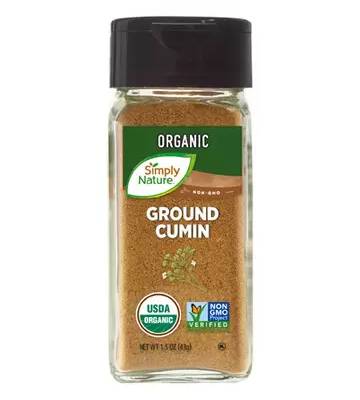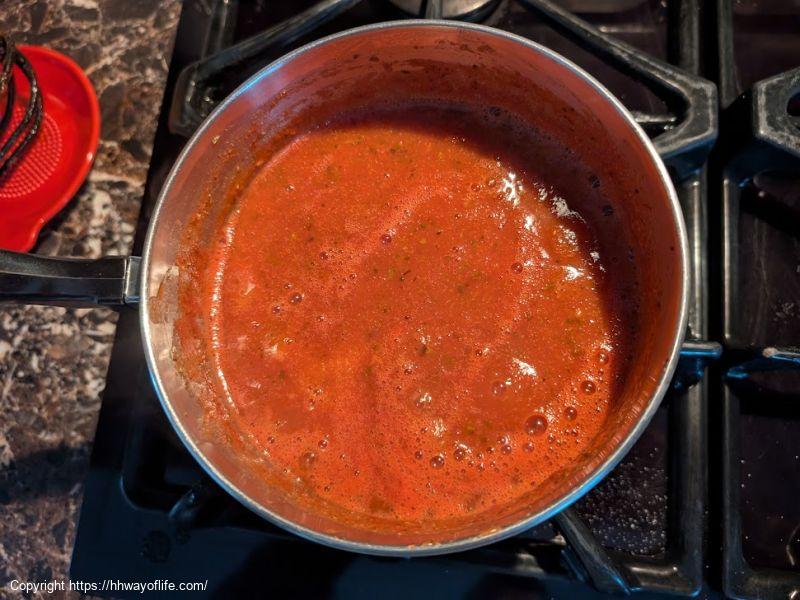Food Nutrition Facts
Nutrition Facts For
Cumin
Portion Size: 1 Tablespoon
| Nutrient | Value | % Daily Value* |
|---|---|---|
| 22.0 kcal | 1% | |
| 1.0 g | 0% | |
| 0.0 g | 0% | |
| 0.0 mg | 0% | |
| 10 mg | 0% | |
| 107.0 mg | 4% | |
| 2.0 g | ||
| 0.0 g | ||
| 0.0 g | ||
| 2.0 g | ||
| 1.0 g | ||
*Daily value based on a 2,000 calorie diet. Your daily values may be higher or lower depending on your calorie needs and health goals.
Calculate your daily calorie needs here
Nutrition Facts For 1 Tablespoon of Cumin

Cumin is a warm and aromatic spice derived from the dried seeds of the Cuminum cyminum plant, a member of the parsley family. It's a staple ingredient in many cuisines around the world, particularly in Indian, Middle Eastern, and Mexican cooking, where it lends its distinctive earthy and slightly bitter flavor to a wide range of dishes. Cumin is available in both seed form and as a ground spice, each offering a slightly different flavor profile. The seeds can be toasted to enhance their aroma and release their essential oils, while ground cumin offers convenience and easy incorporation into recipes.
Beyond its culinary uses, cumin has also been used in traditional medicine for centuries. It's believed to have various health benefits, including aiding digestion, boosting immunity, and even having anti-inflammatory properties. Whether used whole or ground, cumin adds a depth of flavor that is both comforting and complex, making it a versatile and essential spice in kitchens worldwide. Its robust flavor pairs well with meats, vegetables, and legumes, and it's a key ingredient in spice blends like garam masala and chili powder.







